Dear Barbara, I have two friends who recently died from strokes. They were both in their 90’s. They were heavily sedated and died within days. I know narcotics can slow breathing to the point where a person stops breathing and dies. Could hospices be using narcotics to euthanize their patients?
I can’t respond directly to the situations of the two people referenced above. I would need a lot more medical history. BUT I can address the use of narcotics and euthanasia in general.
As I responded to this letter I thought how often I hear “Hospice killed my mom” or “Did hospice kill my mom?” There is so much questioning of the use of morphine or other narcotics. My question is “Why?” Why would hospice or any medical facility set out to kill anyone? In the above letter, and with so many others I receive, it is implied that death occurred purposefully. The intent of giving the narcotic was to end life.
I'm going to start by being blunt: hospice, end of life workers, hospitals, and nursing facilities make their money only as long as the people they serve are alive. They do not set out to euthanize people.
Not only is it against the law and medical ethics, but they would be losing their source of billing income. It is not to their financial benefit to have their patients die quickly. Hospices are paid per number of days their patients are on service. The longer they stay, the more money they make.
I’m sounding harsh but I’m making a point: even though all of their patients die, it is not in the business’s best interest for them to die quickly.
A second issue is people on hospice are dying, they will die. It will be just a matter of time, generally sooner than significant others expect.
Most hospice referrals are made when a person looks like they are dying. In the months before death a person looks sick, but not like they are dying. It is only in the weeks and generally days before death that the reality of approaching death becomes apparent—it is usually then that a hospice referral is made.
Families and significant others recognize death is approaching BUT not so soon.
A third issue is people don’t die like they do in the movies. There are no special, reassuring words a person speaks just before they stop breathing.
The reality is dying is not pretty. It is hard work. There are sounds, facial expressions and body movements we haven’t seen before. It looks like something bad is happening. In our anxiety, our sadness, our fear we think it must be the narcotic. Dad shouldn’t be dying now! It’s not supposed to be happening now!
Our heart screams and we, humans that we are, look for an explanation of why our person is gone——must have been the narcotic.
Something More... about Hospice Does Not Euthanize
Would you like a couple of resources to understand what happens when we die of old age or disease? This is what I recommend, The Final Act of Living (book) or NEW RULES for End of Life Care (video).
For a better understanding of how hospice reduces pain for patients at end of life, read my booklet, Pain At End of Life. It is part of the complete bundle on caring for the dying, End of Life Guideline Series: A Compilation of Barbara Karnes Booklets.
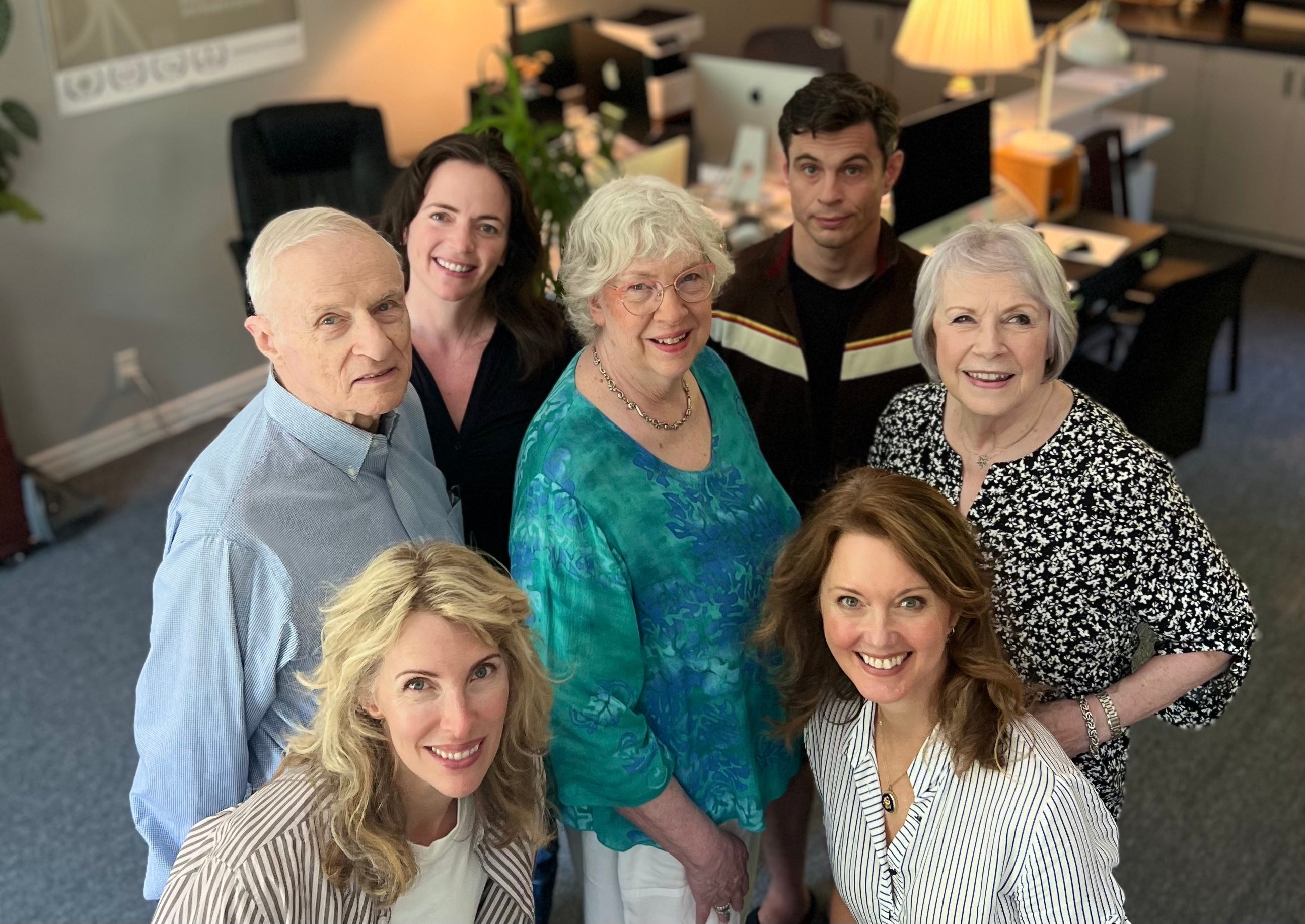

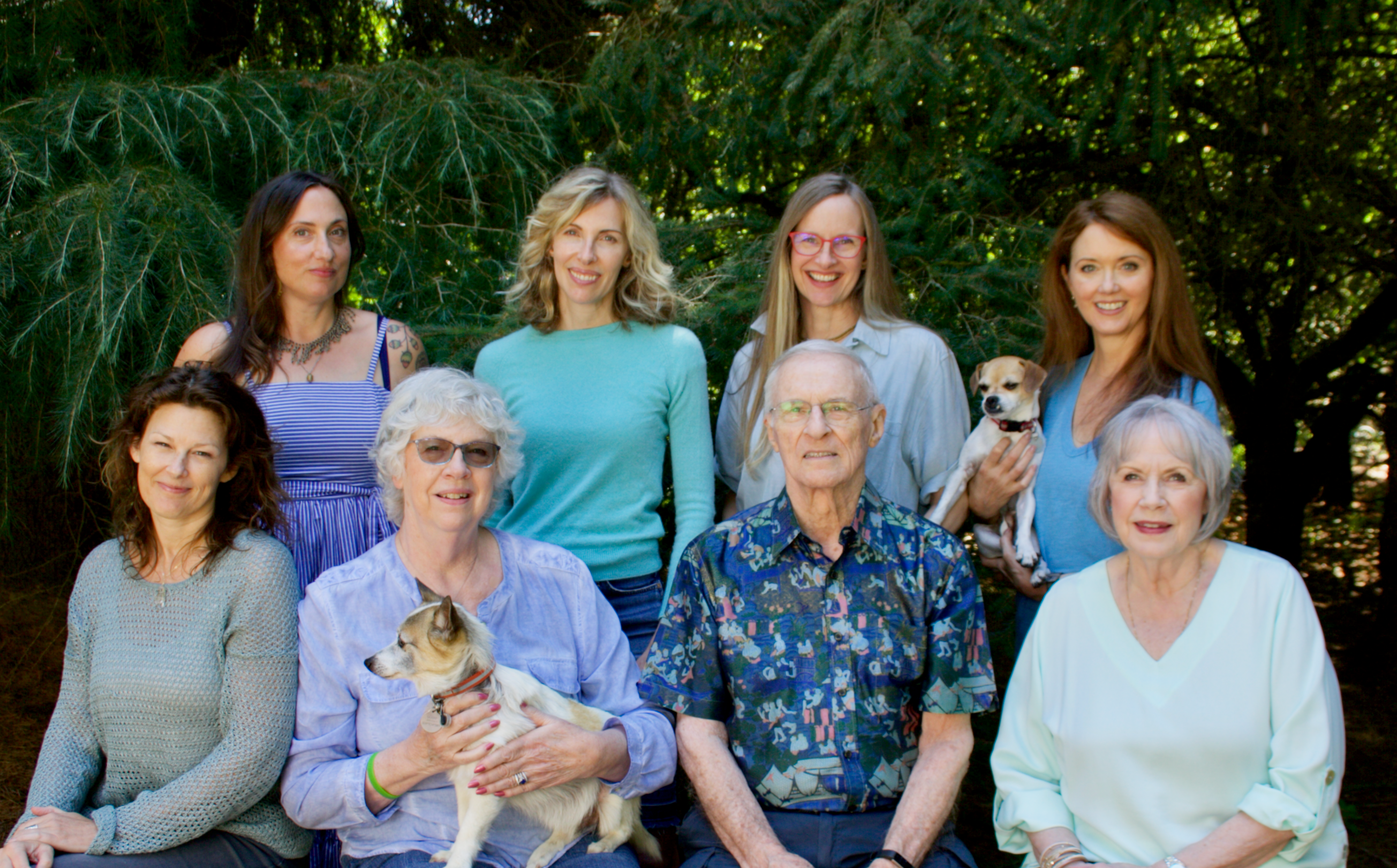

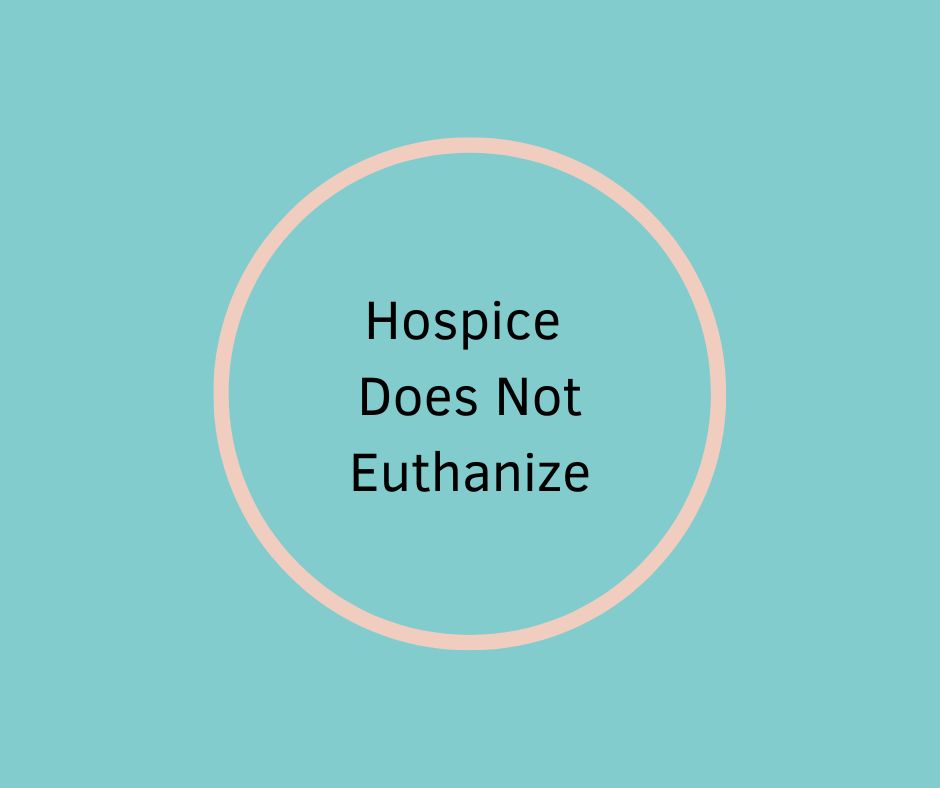
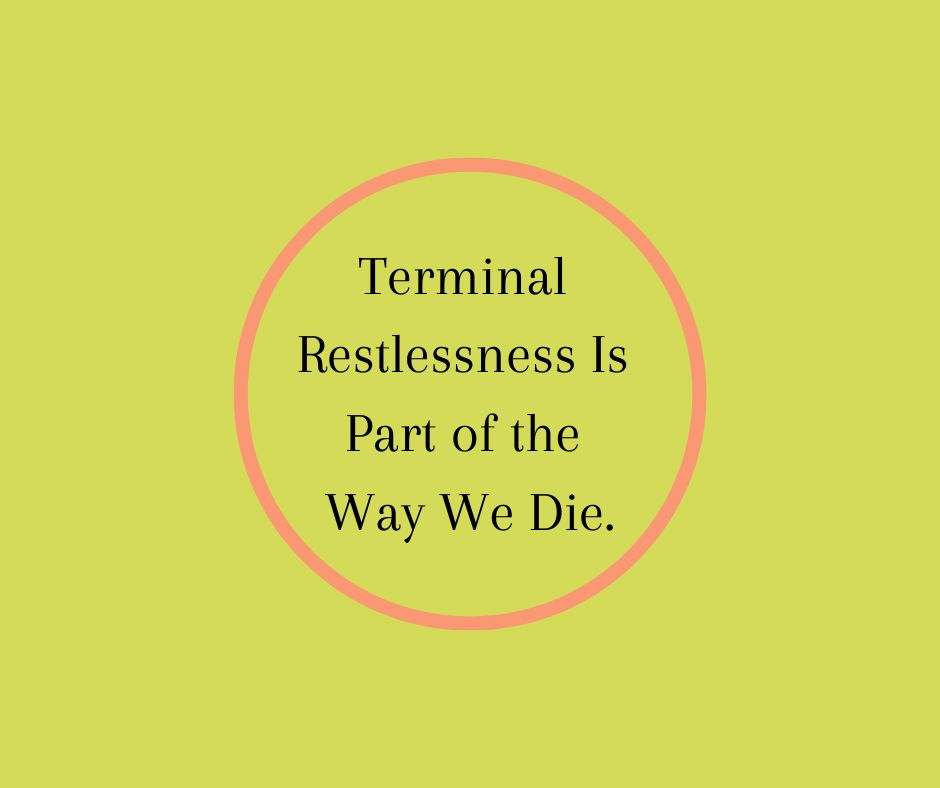
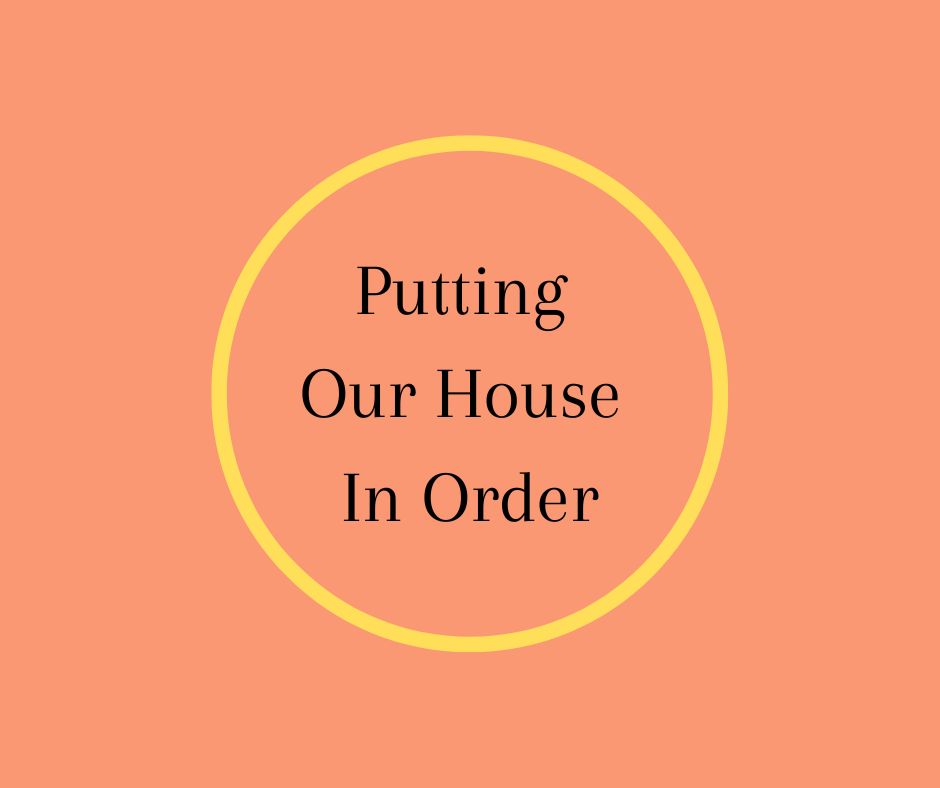
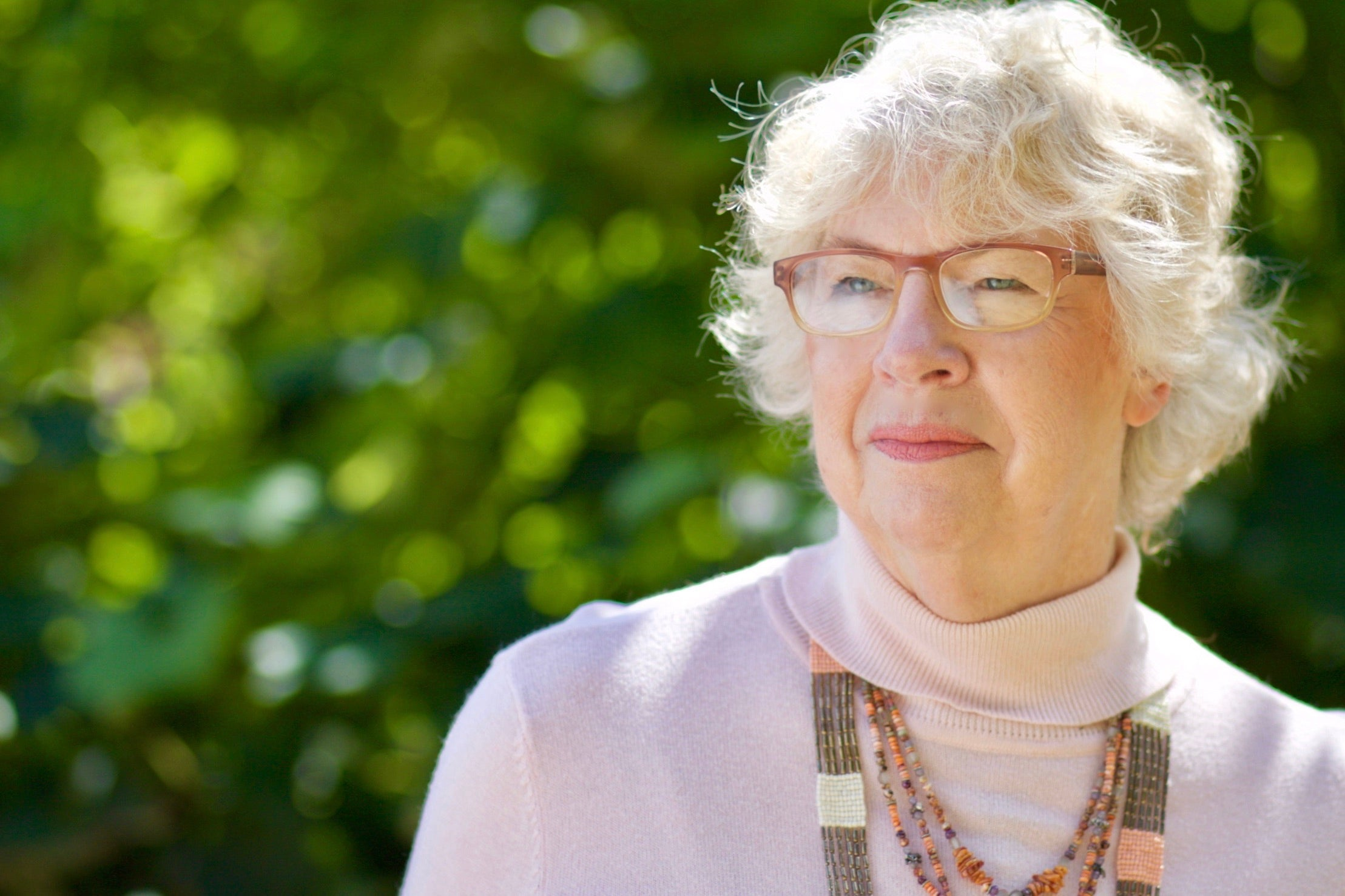
8 comments
James Kressley
My MIL was close to the end about 6 months in memory care and two months on hospice. She was eating and smiling at us and recognized us until they gave her Ativan (because she would scream and hit when they changed her) .. yesterday she was so high eyes rolling up in head and this morning she died. It was absolutely the Ativan. It literally killed her. She did just go to sleep and looked peaceful but it sure seems she was euthanized because they couldn’t handle changing her.
———
BK Books replied:
James, I don’t think your MIL was purposely euthanized. She could have had an adverse reaction to the Ativan. My blessings to you and your family. Barbara
My MIL was close to the end about 6 months in memory care and two months on hospice. She was eating and smiling at us and recognized us until they gave her Ativan (because she would scream and hit when they changed her) .. yesterday she was so high eyes rolling up in head and this morning she died. It was absolutely the Ativan. It literally killed her. She did just go to sleep and looked peaceful but it sure seems she was euthanized because they couldn’t handle changing her.
———
BK Books replied:
James, I don’t think your MIL was purposely euthanized. She could have had an adverse reaction to the Ativan. My blessings to you and your family. Barbara
Jack
I watched my mom enter hospice on day one eating and drinking for about a week but saying she did get some nausea after eating. Dilaudid was administered from what I was told at .25mg a very low dose. One the end second week she could not be aroused or open her eyes or eat or drink because she was so sedated with the pain meds. After roughly ten more days of no food or drink she passed away. I feel if she had not been so medicated to the point of nonarousel she could have had food and not passed.
———
BK Books replied:
Jack, your comments are difficult to answer as I don’t have any medical information. Why was your mom on hospice? Was pain a part of her disease? I can say food would not have changed the timeliness of your mother’s death. The body all by itself stops eating. Your mother would have not been interested in eating as her body approached death. Blessings to you. Barbara
I watched my mom enter hospice on day one eating and drinking for about a week but saying she did get some nausea after eating. Dilaudid was administered from what I was told at .25mg a very low dose. One the end second week she could not be aroused or open her eyes or eat or drink because she was so sedated with the pain meds. After roughly ten more days of no food or drink she passed away. I feel if she had not been so medicated to the point of nonarousel she could have had food and not passed.
———
BK Books replied:
Jack, your comments are difficult to answer as I don’t have any medical information. Why was your mom on hospice? Was pain a part of her disease? I can say food would not have changed the timeliness of your mother’s death. The body all by itself stops eating. Your mother would have not been interested in eating as her body approached death. Blessings to you. Barbara
JoAnn Jones
Sharon Garcia’s comment is spot on in that she wishes more people would educate themselves BEFORE the time comes. I wish I had. Barbara, I watched a video where you wished hospice would sit down with the family and make them sign something stating they understand what is happening because that did not happen in our situation. I had no idea my mom was at the end of life when she was. She was alert, eating sitting up, talking, not sleeping all day like some mention. She wasn’t in pain. She wasn’t even on any of the comfort meds until two days prior and we were told it (Ativan) was given because she was anxious, not because she was transitioning. It wasn’t until less than 24 hours prior to her death that they mentioned she was transitioning and we were in denial thinking must be the meds they gave her because she seemed fine. My sisters and I have been beating ourselves up about it. It wasn’t until after that one hospice volunteers called and asked “didn’t they give you a little blue book”? (Yours, “gone from my sight”). So we googled it, ordered it, then found this sight and boy I sure – little too late. We wished we knew about it sooner.
———
BK Books replied:
Hi JoAnn, I’m so sorry hospice did not give you the education that would have helped you understand the dying process. Knowledge reduces fear and uncertainty as to what is happening to our special person. I am glad you found guidance and comfort in my words. Blessings to you Barbara
Sharon Garcia’s comment is spot on in that she wishes more people would educate themselves BEFORE the time comes. I wish I had. Barbara, I watched a video where you wished hospice would sit down with the family and make them sign something stating they understand what is happening because that did not happen in our situation. I had no idea my mom was at the end of life when she was. She was alert, eating sitting up, talking, not sleeping all day like some mention. She wasn’t in pain. She wasn’t even on any of the comfort meds until two days prior and we were told it (Ativan) was given because she was anxious, not because she was transitioning. It wasn’t until less than 24 hours prior to her death that they mentioned she was transitioning and we were in denial thinking must be the meds they gave her because she seemed fine. My sisters and I have been beating ourselves up about it. It wasn’t until after that one hospice volunteers called and asked “didn’t they give you a little blue book”? (Yours, “gone from my sight”). So we googled it, ordered it, then found this sight and boy I sure – little too late. We wished we knew about it sooner.
———
BK Books replied:
Hi JoAnn, I’m so sorry hospice did not give you the education that would have helped you understand the dying process. Knowledge reduces fear and uncertainty as to what is happening to our special person. I am glad you found guidance and comfort in my words. Blessings to you Barbara
April
Another point (and please correct me, Barbara, if I am wrong) is that with intense pain and morphine and other narcotics, you HAVE to stay in front of the pain. You cannot wait until you are in extreme pain or it won’t help as much. I know the hospice organization that I work for is super careful about the drugs they give. Our nurses are awesome and we love our patients. We only want to help. You don’t work in this business unless you have a deeply caring heart.
———
BK Books replied:
Hi April, you’re absolutely right, narcotics at end of life must be given around the clock. Do not wait for the pain to return. Narcotics are only a cover for the pain. They don’t make it go away. We must keep the cover on. Blessings to you in the work you are doing. Barbara
Another point (and please correct me, Barbara, if I am wrong) is that with intense pain and morphine and other narcotics, you HAVE to stay in front of the pain. You cannot wait until you are in extreme pain or it won’t help as much. I know the hospice organization that I work for is super careful about the drugs they give. Our nurses are awesome and we love our patients. We only want to help. You don’t work in this business unless you have a deeply caring heart.
———
BK Books replied:
Hi April, you’re absolutely right, narcotics at end of life must be given around the clock. Do not wait for the pain to return. Narcotics are only a cover for the pain. They don’t make it go away. We must keep the cover on. Blessings to you in the work you are doing. Barbara
Tina
Hi Barbara, thank you for this blog & your booklets. My dad passed 2 years ago from dementia complications. He’d been on comfort care at a residential facility. Our family had a very different experience than what many describe. We struggled to get my father morphine & attivan to keep him comfortable. Some care givers would provide it consistently, while others stated “he doesn’t seem to need it.” And the doc refused to change it from “as needed.” I wish we’d found you before his process, but at least now we’re better informed. Thank you for sharing the hard stuff ❤️
———
BK Books replied:
Hi Tina, unfortunately not all healthcare providers understand the use of narcotics at end of life. It is different than for someone who is getting better. Totally different protocols. Blessings! Barbara
Hi Barbara, thank you for this blog & your booklets. My dad passed 2 years ago from dementia complications. He’d been on comfort care at a residential facility. Our family had a very different experience than what many describe. We struggled to get my father morphine & attivan to keep him comfortable. Some care givers would provide it consistently, while others stated “he doesn’t seem to need it.” And the doc refused to change it from “as needed.” I wish we’d found you before his process, but at least now we’re better informed. Thank you for sharing the hard stuff ❤️
———
BK Books replied:
Hi Tina, unfortunately not all healthcare providers understand the use of narcotics at end of life. It is different than for someone who is getting better. Totally different protocols. Blessings! Barbara
Jackie
I also have seen the opposite of the careful use of end-of-life narcotics you describe. We moved from a city back to my husband’s hometown & “the system” is very quick & generous with the morphine here – I saw it before, during and after his death with others as well. We live in Canada in a small religious town where most people believe in an afterlife. Our hospital is small, our senior population is large and beds are at a premium.
———
BK Books replied:
Hi Jackie, thank you for sharing. Blessings! Barbara
I also have seen the opposite of the careful use of end-of-life narcotics you describe. We moved from a city back to my husband’s hometown & “the system” is very quick & generous with the morphine here – I saw it before, during and after his death with others as well. We live in Canada in a small religious town where most people believe in an afterlife. Our hospital is small, our senior population is large and beds are at a premium.
———
BK Books replied:
Hi Jackie, thank you for sharing. Blessings! Barbara
Deborah Coffey
I highly doubt this comment will be published. I do not agree with this viewpoint. My Dad had continuous care nurses who started giving him full syringes of morphine every hour even though his own words were “I am not in pain”. We told these nurses only give him recommended .25 of morphine, THEN give another .25 IF NÉEDED to keep him more comfortable. Family members were live-in with him and constantly observing, so we knew exactly how he was feeling 24/7. These nurses defied family wishes and told us to essentially “butt out, I know how to do my job.” We finally exited these nurses fairly quickly so that my Dad had a peaceful, NON-OVERDOSE of morphine as he passed.
———
BK Books replied:
Hi Deborah, I did publish it. I’m sorry you had this experience. I hope you reported this to the company executive. You can also file a complaint with Medicare.gov. This won’t help you but might help others. Blessings! Barbara
I highly doubt this comment will be published. I do not agree with this viewpoint. My Dad had continuous care nurses who started giving him full syringes of morphine every hour even though his own words were “I am not in pain”. We told these nurses only give him recommended .25 of morphine, THEN give another .25 IF NÉEDED to keep him more comfortable. Family members were live-in with him and constantly observing, so we knew exactly how he was feeling 24/7. These nurses defied family wishes and told us to essentially “butt out, I know how to do my job.” We finally exited these nurses fairly quickly so that my Dad had a peaceful, NON-OVERDOSE of morphine as he passed.
———
BK Books replied:
Hi Deborah, I did publish it. I’m sorry you had this experience. I hope you reported this to the company executive. You can also file a complaint with Medicare.gov. This won’t help you but might help others. Blessings! Barbara
Sharon Garcia
Thank you Barbara fir the pamphlets and books you have written. I so wish more people would educate themselves before the actual time comes. Especially those who have never experienced a dying person before. ❣️
———
BK Books replied:
Sharon, I so agree. We all need to make our plans about end of life before we need them. We will be thinking with a clear mind not one clouded with fear and confusion. Blessings! Barbara
Thank you Barbara fir the pamphlets and books you have written. I so wish more people would educate themselves before the actual time comes. Especially those who have never experienced a dying person before. ❣️
———
BK Books replied:
Sharon, I so agree. We all need to make our plans about end of life before we need them. We will be thinking with a clear mind not one clouded with fear and confusion. Blessings! Barbara